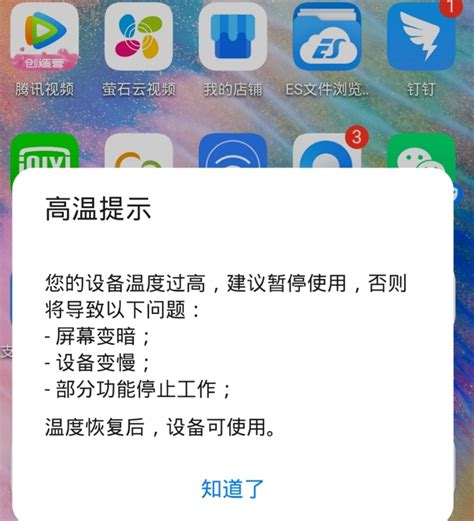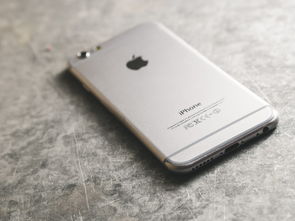夏天手机温度40度左右正常吗
Title: Understanding Smartphone Temperature in Summer
In summer, the temperature of your smartphone can vary depending on various factors. Let's delve into the details to understand what influences smartphone temperature during the warmer months.
1. Ambient Temperature:
The outdoor temperature plays a significant role in determining your smartphone's temperature.
In hot summer months, especially during heatwaves, ambient temperatures can soar, causing your phone to heat up more quickly.
2. Sun Exposure:
Direct exposure to sunlight can significantly increase your phone's temperature.
Leaving your phone in direct sunlight, whether it's on a table or inside a parked car, can lead to rapid heating.
3. Intensive Usage:
Engaging in activities that require high processing power, such as gaming or video streaming, can cause your phone to generate more heat.
Continuous usage without breaks can exacerbate heating issues.

4. Charging:
Charging your phone generates heat, especially if you're using a fast charger or wireless charging pad.
In summer, charging your phone in hot environments can lead to even higher temperatures.
5. Case and Insulation:
The type of case you use can affect your phone's temperature.
Thick, insulating cases may trap heat and prevent proper ventilation, leading to increased temperatures.
6. Internal Components:
High ambient temperatures can strain internal components like the CPU and battery, potentially leading to performance issues or even damage in extreme cases.
Modern smartphones have builtin temperature sensors and mechanisms to mitigate overheating, such as throttling performance or shutting down apps.
7. Cooling Measures:
Some smartphones incorporate cooling technologies like vapor chamber cooling or graphite heat sinks to dissipate heat more efficiently.
Using accessories like cooling pads or fans designed for smartphones can help lower temperatures during intensive usage.
8. Tips to Prevent Overheating:
Avoid leaving your phone in direct sunlight for extended periods.
Take breaks during intensive usage to allow your phone to cool down.
Remove your phone from its case if it's getting too hot, especially during charging.
Keep your phone updated with the latest software to ensure efficient temperature management.
If your phone feels excessively hot, turn it off and allow it to cool down before using it again.
Conclusion:
During summer, smartphone temperature can rise significantly due to various factors such as ambient temperature, sun exposure, intensive usage, and charging.
Understanding these factors and taking appropriate measures can help prevent overheating and ensure optimal performance and longevity for your smartphone.
By being mindful of these factors and implementing preventive measures, you can effectively manage your smartphone's temperature during the summer months, ensuring smooth operation and longevity.











